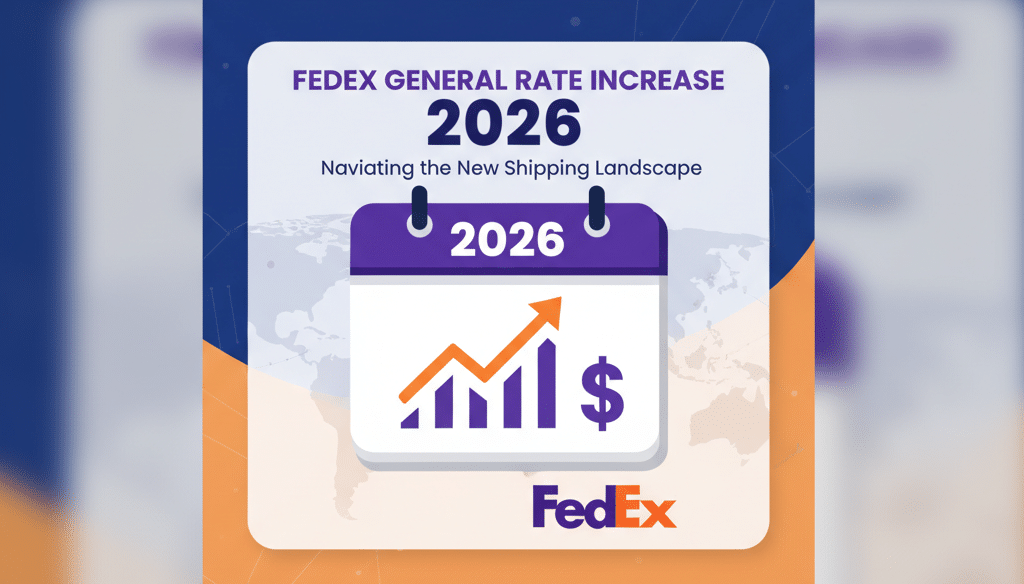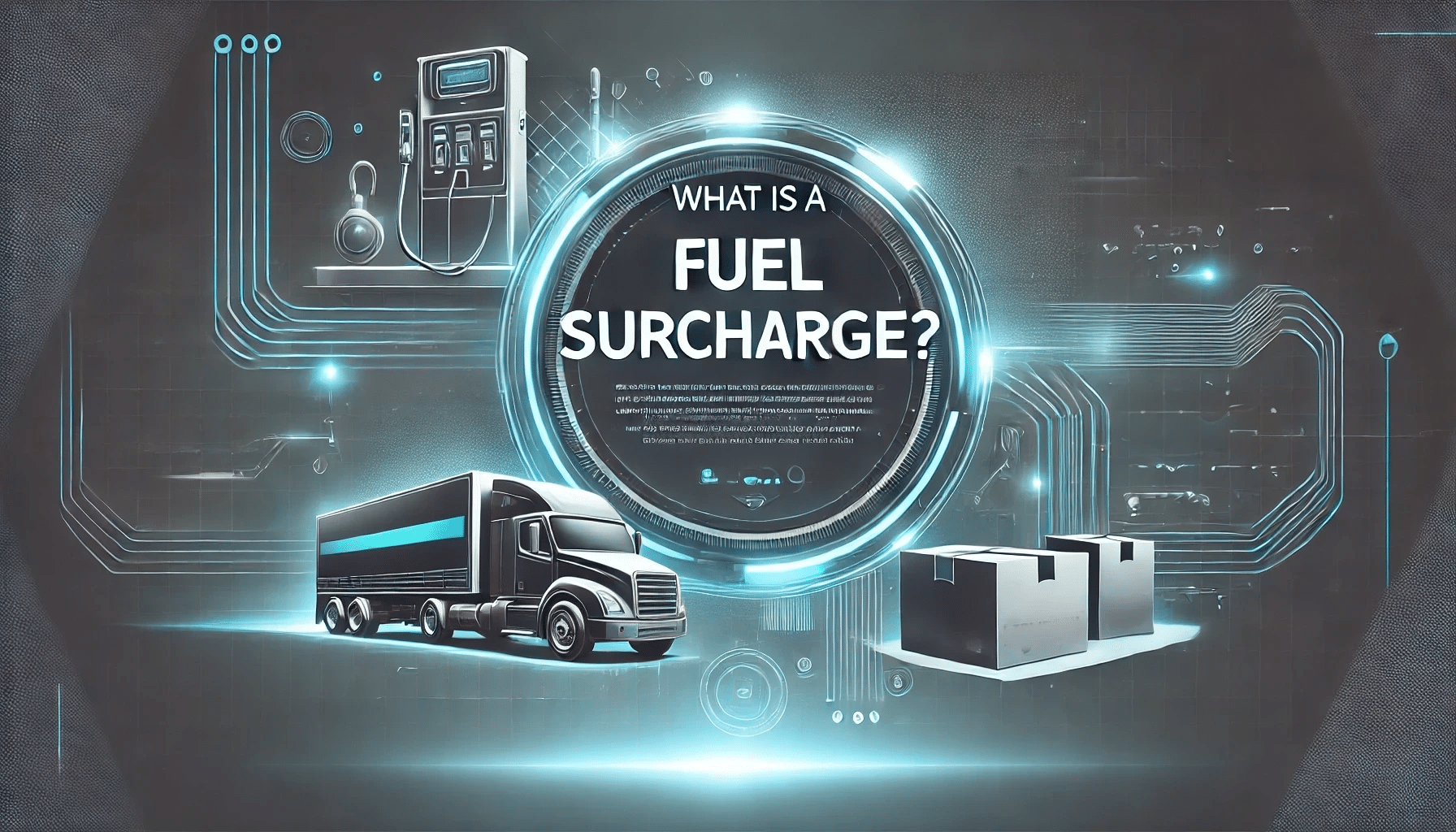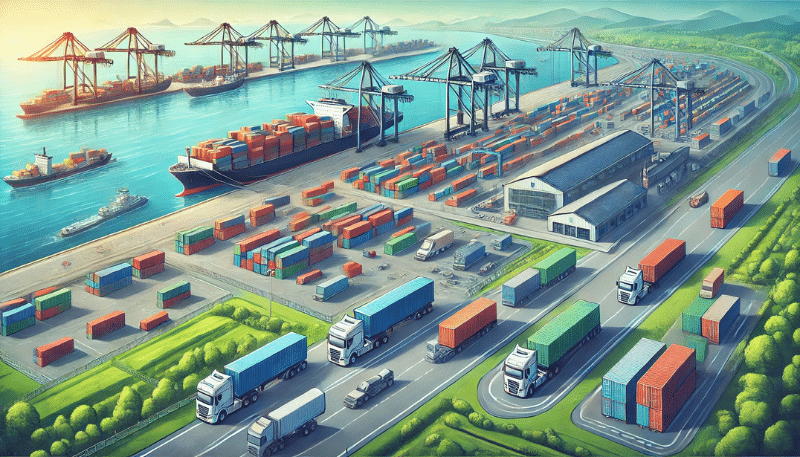Effective freight optimization is the process of making your shipping operations more efficient to cut transportation costs. It involves strategies like freight audits, route planning, and load consolidation to prevent overspending and maximize cost-efficiency without lowering service quality.
A streamlined logistics process is crucial for maximizing your profitability. That means you need to spend less on shipping without lowering your service quality and find ways to increase the effectiveness and efficiency of your operations.
In this article, we’ll provide some proven freight optimization strategies that can help improve delivery times, reduce expenses, and satisfy customers.
Key Takeaways
- Freight optimization focuses on enhancing efficiency and reducing costs through strategies like route planning, load consolidation, and mode selection.
- Implementing freight optimization can lead to significant cost savings of 5-20%, improved delivery times, and enhanced customer satisfaction.
- Utilizing Transportation Management Systems (TMS) and advanced technologies, such as AI and machine learning, is crucial for streamlining logistics operations and maximizing freight performance.
What Are the Benefits of Freight Optimization?
Freight optimization delivers significant advantages that can transform your logistics operations. It’s more than just saving money — it’s about creating a more efficient, resilient, customer-focused, and sustainable supply chain.
Here’s why you should practice freight optimization:
Cost Savings
You can achieve significant cost reductions, with some studies showing savings between 5-20% through the strategic implementation of AI-driven analytics, helping to offset market volatility. This includes smarter load planning to minimize fuel and labor costs, consolidating orders to cut down on unnecessary shipments, and improving overall supply chain visibility to avoid costly mistakes.
Improved Operations
On-time, accurate deliveries keep customers happy and foster trust. Freight optimization tools like real-time tracking enhance transparency, allowing customers to follow their shipments and providing you with insights to solve issues proactively.
Environmental Impact and Sustainability
In today’s market, sustainability is a core business imperative, not just a side benefit. Driven by regulations, investor ESG (Environmental, Social, and Governance) criteria, and consumer demand, “Green Logistics” is critical. Optimized freight reduces the number of trips and fuel consumption, but modern strategies now also include adopting Sustainable Aviation Fuel (SAF), investing in electric and hydrogen-powered fleets, and using advanced analytics for carbon footprint tracking and offsetting. A sustainable supply chain is key to brand reputation and regulatory compliance.
Together, these benefits can significantly improve your business’s profitability, performance, and even reputation.
Key Strategies for Freight Optimization
Optimizing freight shipping is about finding smarter, more efficient ways to move goods through your supply chain. There are a lot of different strategies you can implement on your own, with the help of a supply chain solution like FreightOptics, or through a third-party provider like Zero Down.
| Strategy | Primary Benefit | Key Action / Tool | Business Impact |
| Freight Invoice Audits | Cost Recovery | Automated Audit Software | Improves budget accuracy & recovers overpaid funds. |
| Carrier Negotiations | Rate Reduction | “Data-backed negotiation, market analysis” | Secures lower long-term shipping costs & builds partnerships. |
| Route Optimization | Fuel & Time Savings | “TMS, Real-time analytics, AI” | Reduces operational costs & improves on-time delivery rates. |
| Multimodal Shipping | Flexibility & Cost Balancing | “Strategic mode selection (truck, rail, air, sea)” | Enhances supply chain resilience & optimizes for speed vs. cost. |
| Load Consolidation | Increased Efficiency | Combining LTL into FTL shipments | Lowers cost-per-unit shipped & reduces carbon footprint. |
| Packaging Optimization | Dimensional Weight Reduction | “Using lightweight, right-sized materials” | Cuts down on carrier surcharges & reduces material waste. |
Here are six effective freight optimization techniques your business can use:
1. Audit Your Freight Invoices
A surprising number of invoices contain errors — often due to misapplied fees like liftgate services, incorrect shipping rates, or even duplicate charges. These mistakes can quickly add up, straining your budget if you don’t catch them. Using automated freight audit tools lets you quickly and accurately review every invoice, comparing its charges against your carrier contracts to ensure you don’t overpay. If there are mistakes, it’ll highlight them so you can pursue a carrier refund and protect your bottom line.
2. Negotiate Better Carrier Contracts
Securing competitive rates doesn’t just save money — it also helps you maintain reliable service and avoid disruptions. However, carriers don’t want to earn less money, so you’ll need to make a strong argument for better rates. If you want to successfully negotiate your carrier contracts, you need to evaluate your shipping needs, compare carriers to determine market rates, and back up your demands with shipping data. You should determine which accessorial services, shipping speeds, and modes of transportation you use most to ensure each carrier you consider meets your needs. If you use freight optimization software, you may also have access to carrier performance data that can help you argue for better rates based on any service failures or overcharging. You can also leverage your existing relationships with your carriers to negotiate better terms. High shipping volumes or long-term agreements may make carriers more likely to work with you on costs.
3. Optimize Your Route Planning
With fuel prices constantly fluctuating, smart route planning is essential for minimizing fuel consumption and controlling logistics expenses. Using analytics tools and real-time data helps create shorter, more efficient routes that save on fuel and improve delivery times. Advanced algorithms can even identify trends and inefficiencies in your operations, giving you actionable insights to optimize your entire supply chain. Streamlining everything from sourcing to final delivery leads to faster shipments and reduced expenses.
4. Utilize Both Single and Multimodal Shipping Methods
Choosing the right shipping method for each shipment is a key part of optimizing freight operations. Factors like shipment size, vehicle capacity, and fuel efficiency all play a role in determining the most effective approach. Multimodal shipping—using a mix of transportation modes for a single shipment—can be especially beneficial. It gives you the flexibility to balance cost, speed, and service levels, ensuring each delivery is both timely and cost-efficient.
5. Consolidate Your Loads
Combining multiple shipments into a single load allows you to reduce the number of trips required and make better use of available space. This approach not a only saves money but also speeds up delivery timelines by streamlining the shipping process. Fewer shipments mean lower fuel consumption, which translates to both environmental and financial advantages. Incorporating load consolidation into your logistics strategy is a practical way to achieve significant cost reductions while enhancing overall supply chain performance.
6. Optimize Your Packaging
Poorly designed or oversized packaging increases dimensional weight charges and wastes valuable space on trucks, leading to higher transportation costs. On the flip side, optimizing your packaging ensures you’re not paying to ship unnecessary air or materials. Durable, lightweight materials can cut costs while protecting your products during transit. As a result, you’ll save money and have happier customers whose packages arrive on time and in one piece. Plus, well-designed packaging can streamline warehouse operations, making it easier to store, pick, and load shipments.
How Transportation Management Systems (TMS) Help with Freight Optimization
A Transportation Management System (TMS) acts as a centralized hub that transforms the logistics industry by automating processes, integrating data, and enabling smarter decision-making. It makes implementing cost-effective freight optimization strategies significantly easier. A modern TMS can help you with:
- Automated Carrier Selection: Streamlines the process of choosing the most cost-effective and reliable carrier for each shipment.
- Real-Time Shipment Tracking: Enhances visibility and allows you to monitor shipments, improving customer communication and confidence.
- Advanced Analytics and AI: Modern TMS platforms go beyond basic analytics. They now incorporate:
- Generative AI: To create optimal multi-stop routes in real-time, simulate efficient warehouse layouts, and power sophisticated customer service chatbots.
- Digital Twin Technology: To build complete virtual replicas of your supply chain. This allows you to simulate potential disruptions (like port closures or weather events) and test mitigation strategies without real-world risk, dramatically improving resilience.
- Predictive Maintenance: To forecast vehicle and equipment failures before they happen, allowing for proactive repairs that prevent costly downtime.
- Hyperautomation: This involves using a combination of AI, Robotic Process Automation (RPA), and IoT to automate complex, end-to-end workflows, from freight auditing and customs documentation to carrier selection and payment.
- Load Consolidation Support: Helps maximize truck capacity, cutting down on costs and environmental impact.
- Cloud-Based Integration: Ensures seamless data sharing and collaboration across all stakeholders for better coordination.
Make Freight Optimization Easy with Supply Chain Solutions
Freight optimization doesn’t have to be complicated. With the right strategies and tools, you can reduce costs, improve delivery performance, and streamline your supply chain.
At Zero Down, our goal is to help you improve performance and cost efficiency with smart solutions like freight invoice audits, carrier contract negotiation, and transportation management systems integration that are tailored to meet your needs.
By partnering with Zero Down, you’ll unlock cost savings, improve customer satisfaction, and build a more sustainable and resilient supply chain.
Let us help you simplify logistics and take control of your freight today.
FAQ
What is freight optimization?
Freight optimization is the process of improving the efficiency of freight transportation through effective strategies like route planning, load consolidation, and mode selection.
How can auditing freight invoices save costs?
Auditing freight invoices can significantly reduce costs by identifying billing errors and uncovering opportunities for savings, which prevents overpayments and ensures accurate freight expenses.
What are the benefits of using a TMS?
Using a TMS significantly enhances logistics operations through automation, real-time tracking, and improved decision-making capabilities, leading to increased efficiency and productivity.
How does route optimization improve efficiency?
Route optimization improves efficiency by minimizing operational costs and increasing delivery speed through the use of analytics and real-time data for planning the most effective routes.
Why is load consolidation important?
Load consolidation is important because it combines multiple shipments into one, which reduces transportation costs and enhances efficiency while facilitating faster deliveries.
What is the difference between freight optimization and logistics management?
Freight optimization is a specific subset of logistics management that focuses exclusively on improving the cost-effectiveness and efficiency of transporting goods. Logistics management is broader, encompassing warehousing, inventory management, and order fulfillment in addition to transportation.
How can a small business start with freight optimization?
A small business can start with freight optimization by first auditing several months of freight invoices to identify common errors or overcharges. The next steps are to consolidate shipments whenever possible and use free online tools to compare carrier rates for every load.
What role does technology play in modern freight optimization?
Technology is central to modern freight optimization. Transportation Management Systems (TMS) use AI and real-time data to automate carrier selection, optimize routes dynamically, and provide full visibility into the supply chain. Advanced tools like digital twins even allow companies to simulate and plan for disruptions.





